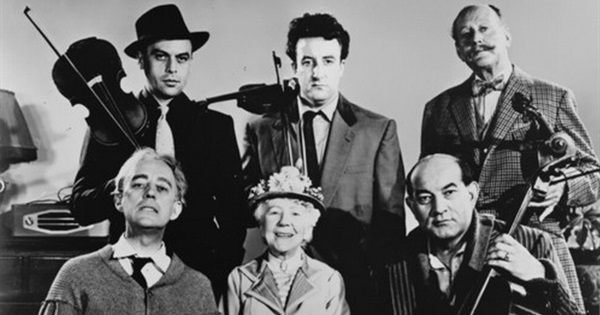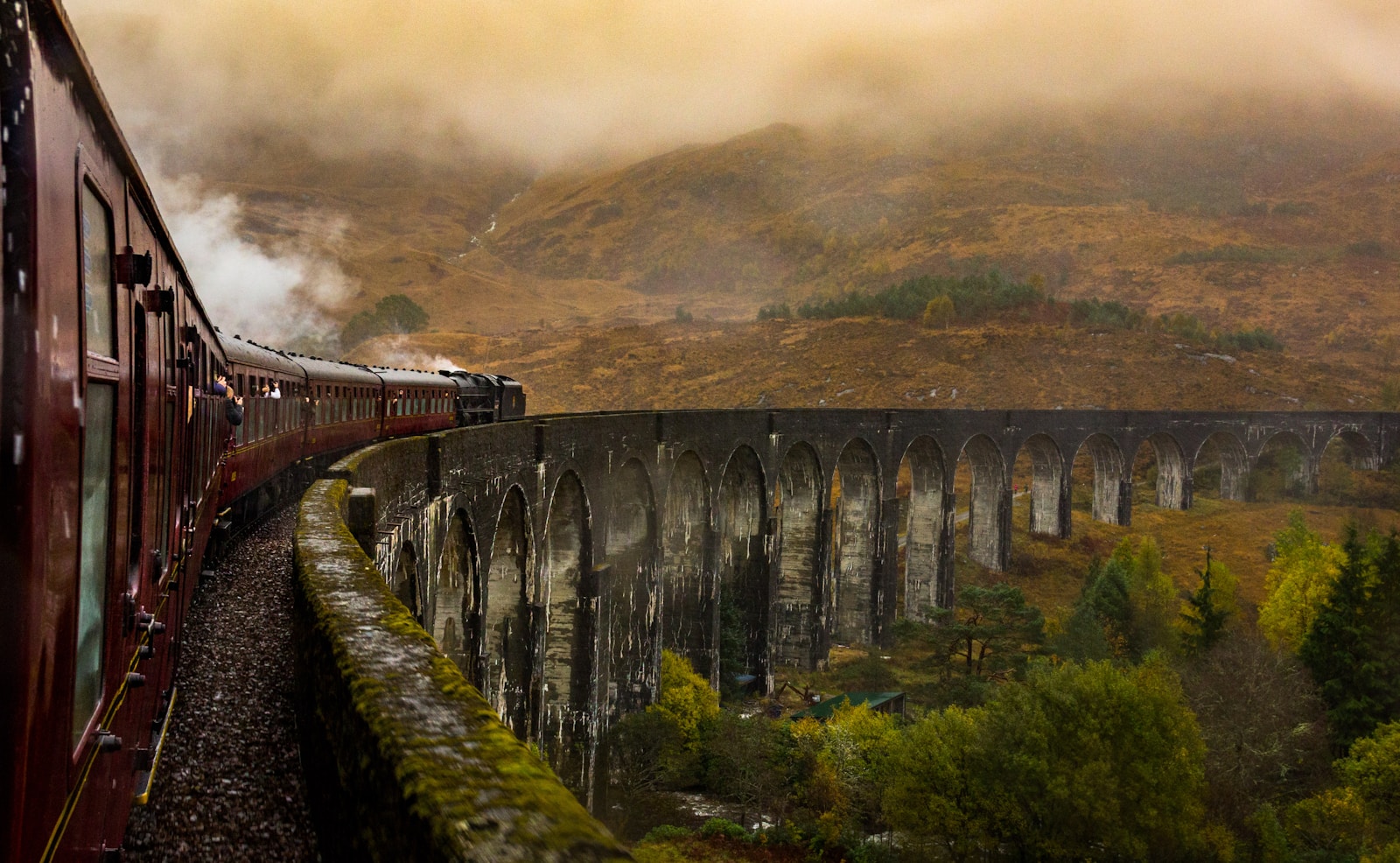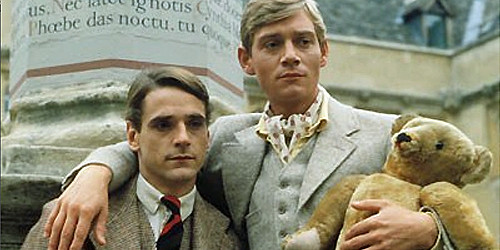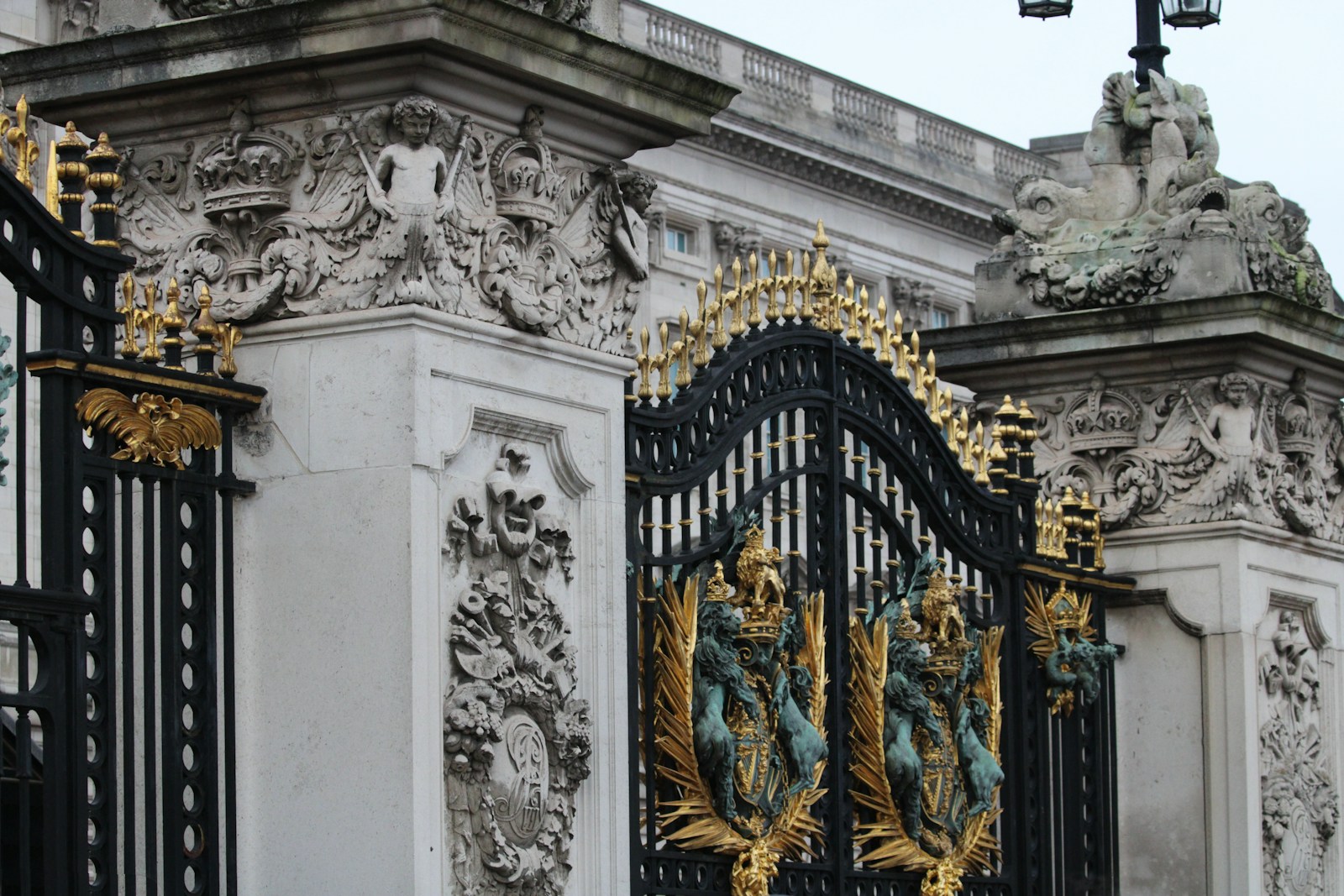
The Evolution of British Comedy into Action: A Journey from Ealing to Bond
When you think of British cinema, a few iconic images might spring to mind: the charmingly bumbling characters of Ealing comedies or the suave sophistication of the James Bond franchise. These two pillars of British film have quite a contrast between them, yet they share a fascinating evolution that reflects broader shifts in British culture and filmmaking. Let’s dive into how British comedy transitioned into British action, tracing the journey from Ealing Studios to the high-octane world of 007.
The Golden Age of Ealing Comedies
To appreciate the journey, we must start at Ealing Studios, which played a pivotal role in shaping British cinema during the 1940s and 50s. Known for its unique brand of humor, Ealing comedies often featured charmingly flawed characters caught in absurd situations. Films like The Ladykillers (1955) and Kind Hearts and Coronets (1949) showcased a quintessentially British wit, mixing dark humor with social commentary.
What made these films so special? They were rooted in character-driven stories, often highlighting the underdog triumphing against the odds. The comedy in these films was not just for laughs; it provided a lens through which audiences could explore class struggles, societal norms, and the quirks of British life. The actors—like Alec Guinness and Margaret Rutherford—became household names, embodying the wit and warmth that made Ealing comedies so beloved.
As the 1960s approached, however, the mood began to shift. The post-war landscape brought about cultural changes, and audiences craved something different.
The Cultural Shift: Swinging Sixties and the Rise of Action
The 1960s were marked by a cultural revolution across Britain, with the rise of youth culture and the emergence of the “swinging sixties.” This era was characterized by experimentation and a break from tradition, which began to seep into the film industry. The light-hearted charm of Ealing comedies started to feel out of step with the times, and audiences were ready for something edgier and more dynamic.
Enter the Bond phenomenon. Ian Fleming’s Casino Royale was published in 1953, but it was the release of Dr. No in 1962 that truly launched the British action genre into the stratosphere. Sean Connery’s portrayal of James Bond brought charisma, toughness, and a sense of adventure that captivated audiences. The suave secret agent was the antithesis of the bumbling Ealing characters, representing a new kind of British hero—one who was both stylish and lethal.
The Blend of Comedy and Action
Interestingly, as Bond took off, filmmakers began to explore how to blend the two genres. This paved the way for a new wave of British films that incorporated humor into action. Think of The Italian Job (1969), which combined thrilling heist action with a quintessentially British sense of wit. Michael Caine’s iconic performance and the film’s clever dialogue showcased that humor could coexist with adrenaline-pumping moments.
The 1970s saw this trend continue with films like Get Carter (1971), which, while predominantly a gritty action thriller, had moments of dark humor that evoked the spirit of earlier British comedies. It showcased how the character-driven storytelling of Ealing could evolve into something that also had a hard edge—reflecting the complexities of modern life.
The Influence of Parody: Shaun of the Dead and Beyond
Fast forward to the 21st century, and British filmmakers began to embrace the parody of both genres. Shaun of the Dead (2004) is a prime example of how comedy and action can blend seamlessly. Directed by Edgar Wright and starring Simon Pegg, this film took the zombie apocalypse genre and infused it with a distinctly British sense of humor.
The success of Shaun of the Dead reignited interest in combining comedy with action, leading to a resurgence of films that played with genre conventions. This trend continued with movies like Hot Fuzz (2007), which took the buddy cop genre and flipped it on its head while still delivering a hefty dose of action and laughs.
The Legacy of British Comedy in Modern Action Films
As we look at contemporary British action films, it’s clear that the legacy of comedy continues to influence the genre. Directors like Guy Ritchie have crafted films such as Lock, Stock and Two Smoking Barrels (1998) and Snatch (2000), where humor and crime intertwine. These films not only tell gripping stories but also showcase the quirky characters and witty dialogue that have become a hallmark of British cinema.
Moreover, the Bond franchise itself has evolved. Recent installments like Skyfall (2012) and Spectre (2015) have introduced a level of self-awareness and humor that echoes the charm of Ealing comedies. Daniel Craig’s portrayal of Bond brought a new level of depth to the character, allowing for moments of levity amidst the action-packed narrative.
The Cultural Impact and Global Reach
The transition from comedy to action in British cinema has not only shaped the film industry but also had a significant cultural impact. British humor has become synonymous with wit and irony, influencing filmmakers and audiences worldwide. The mixture of genres has allowed British cinema to carve out a unique identity, making it distinct from Hollywood’s more straightforward action flicks.
The global reach of British films also speaks volumes about their appeal. The clever blend of humor and action resonates with international audiences, proving that the charm of Ealing comedies can still be felt in today’s blockbuster features.
Conclusion: A Unique Cinematic Legacy
The journey from Ealing to Bond illustrates the dynamic nature of British cinema. It reflects broader societal changes and the evolving tastes of audiences. While the charming, whimsical humor of Ealing films laid the groundwork, the emergence of action-packed thrillers infused with comedic elements represents a delightful evolution.
Whether through the suave sophistication of 007 or the quirky adventures of modern-day heroes, British cinema continues to thrive on its unique blend of humor and action. As filmmakers explore new narratives and push genre boundaries, one can only imagine how this legacy will evolve in the years to come.
So, the next time you settle down to watch a British film, take a moment to appreciate the rich tapestry of comedy and action that has shaped it. From the laughter of Ealing comedies to the explosive excitement of Bond, the world of British cinema is a thrilling ride worth exploring.









